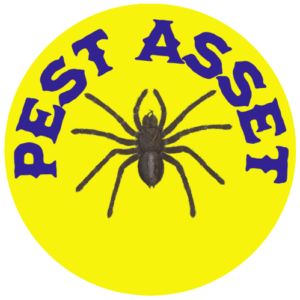Understanding Ant Biology for Effective Control
Introduction
As masters of organization with complex social hierarchies and communications, ants manage to thrive on every continent across widely diverse habitats from rainforest canopies to deserts to Arctic tundra. Over 12,500 named ant species exist, yet scientists estimate 20,000 likely remain undiscovered. Their success reveals incredible adaptability through specialized castes and roles within colonies reaching millions of members. Understanding ant biology facilitates effective control when they invade dwellings.
The Three Main Ant Castes
Ant colonies depend on varying female castes and temporary males to function:
- Queens possess wings until mating, then shed them to begin laying eggs. Queens birth all colony members and regulate activities through pheromones. Most live 5-15 years.
- Workers handle nest construction, foraging, feeding larvae, and defense. Barren females carrying out all essential tasks, workers comprise >90% of colonies. They live around 1 year.
- Males develop wings to fly from nests and mate with new queens. Male ants soon die after breeding.
Ant Behavior and Communications
Ants operate with specialized efficiency in roles dividing labor, gathering resources, and protecting colonies. Duties shift as ants age. Complex systems of chemicals cues and touch enable communication directing hive activities and even relaying calls for help when under attack.
Hidden Nest Locations
Ant nests come in almost as many variations as ant species themselves. Colonies establish underground, within wood, under objects, and in wall voids indoors. External signs revealing ant nests include:
- Dome-shaped mounds with tiny entrance holes
- Sawdust or soil deposits near wood cracks
- Tunnels beneath stones
Indoors, nests often go undetected until major activity emerges. Prevent indoor nests by sealing cracks ants exploit.
Ant Pheromone Trails and Foraging
As ants travel back and forth, they mark routes with pheromones from special glands that allow following ants to detect and reinforce trails. Pheromones also signal nestmates to food finds, warnings of threats, and other key messages. Certain ant trails if broken can disrupt foraging success. Using this knowledge allows better bait placements that ants will keep following.
Conclusion
While ants certainly perform essential roles recycling nutrients in natural habitats, sharing our dwellings with them invariably brings conflicts. Their organizational expertise also enables rapid exploitation of resources. By understanding the ant caste system and communications, we gain insight on redirection and elimination strategies respecting both ants and environments. Please reach out to the eco-friendly ant control experts at Pest Asset for sensible solutions to protect your home from ant invasions!



